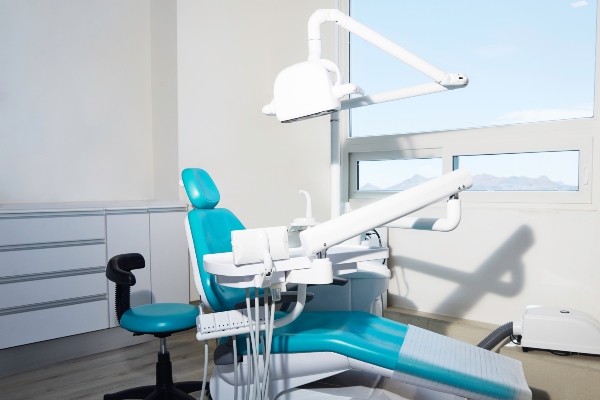Dental X-rays: The Complete Guide
Most Common Types of Dental X-Rays
Bitewing X-rays- a display of the upper and lower back teeth, all at once. This view is most commonly used to check for alignment between the upper and lower jaws or checking for tooth decay. Bone loss from severe gum disease or a dental infection is also visible in this view. These are usually done during a check-up.
Periapical X-rays
Used to view the crown in its entirety and the bones that support it, this picture helps find dental problems that exist below the gum line or in the jaw. Some issues you might encounter would be abscesses, impacted teeth, tumors, cysts or changes in bone that could be linked to diseases.
Occlusal X-rays
Include the roof or floor of the mouth. This view is most commonly used to find teeth that have not yet come out or extra teeth, jaw fractures, cysts, abscesses, or a cleft palate. Occasionally, they are used to find foreign objects.
Panoramic X-rays
Offering a broad view of the jaws, teeth, temporomandibular joints, sinuses and nasal area; these troubleshoot problems like fractures, impacted teeth, bone abnormalities, solid growths (like tumors) or cysts.
Digital X-rays
Use a computer, where they are recorded and saved. They are a bit faster than the other mediums and offer the patient the comfort of being able to see and maintain a copy.
Frequency of Dental X-Rays
The first visit to a dentist tends to warrant a full-mouth series of periapical X-rays (about 14 to 21 X-ray films). They don’t have a scheduled necessity, and a timeline is based on signs and risk for disease or age.Adults with no tooth decay and are not at high risk of getting cavities should have bitewing X-rays every two to three years.Teens, every one and a half to three years and children every one to two years.Adults who have tooth decay or are at high risk of getting cavities should have bitewing X-rays every six months to one and a half years. Children and teens should have them every 6 to 12 months, depending on your dentist’s suggestion.
How It Is Done
Your dental x-rays will be taken in your dentist’s office, where they will also be read. A dental technician covers you with a lead apron, which will shield you from the x-rays. They will have you bite down on a small piece of cardboard or plastic. This will be repeated until all of the views that are needed are taken of your teeth. Some machines will have you standing in front of a plate; some a camera circles your head. There are others that allow you to lay in a chair. It is relative to your dentist’s office and equipment. If there is anyone else in the room during the dental x-rays, they will wear a similar apron if they are not standing behind a protective shield. Less radiation is used with digital radiography. This allows an electronic sensor to send it to a computer, instead of using x-ray film. Dental x-rays usually take a few minutes, and you will not feel pain.
Things To Tell Your Dentist
If you think you might be pregnant, you will want to mention it to your dentist. While your mouth is the only area being imaged in a dental x-ray, you can never be too careful. They may want to postpone the x-ray just to be safe. If the dental x-rays are needed, a lead apron will be placed over your abdomen to be sure there is no radiation to your baby (fetus).If you are seeing a new dentist, it would be helpful to have past dental x-rays. It may even prevent the need for new ones.If you can’t stay still or hold the X-ray plastic or cardboard in your teeth, you may not be able to have the test or the results may not be helpful.You will want to tell your dentist if you have certain body piercings, braces, retainers, bridges and dentures.Dental X-Rays are a tool that dentists use to view your teeth and how they relate to your bones and soft tissues. They help find problems with your mouth and jaw; like cavities, bone loss and hidden dental structures; that cannot be seen with the naked eye. Dental x-rays are also a great follow-up tool to give your dentist an idea of progress or complications of dental treatment. If you have questions about them, you can start here. The most important thing is to talk to your dentist and find out if dental x-rays are beneficial or not. They are commonly done, painless and relatively quick; so there is nothing to worry about. You can also read more about them here.

